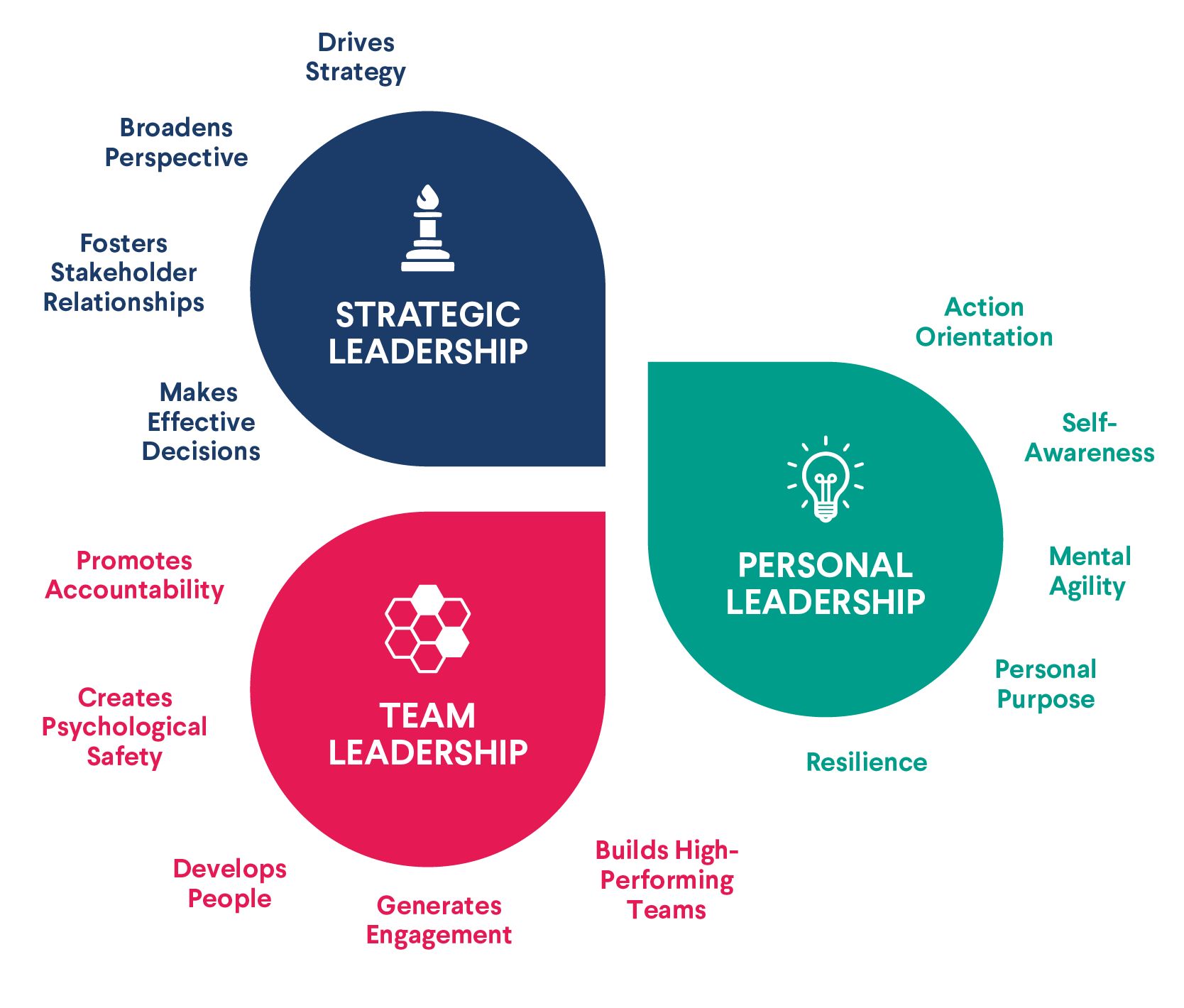The Serendis team, driven by our leadership practice team, uses Leader360 to bring an evidence-based approach to help leaders assess and enhance their organisational impact.
At the heart of Leader360 lies a robust framework comprising 14 essential leadership capabilities. These capabilities serve as the bedrock for shaping the conditions necessary for teams to achieve organisational success and sustainable growth in today’s dynamic landscape.
The leadership capabilities were identified by Dr Abby Jandro in 2021 as the world was embracing a new way of working, with new employee expectations and an unprecedented pace of change. Dr Jandro led a Serendis team review of recent leadership research in today’s strategic landscape. Let’s explore some of the key trends that influenced the design of Leader360:
- Shifted Employee Expectations: Over the past decade, employee expectations have undergone a seismic shift. Effective leaders recognise the need to engage, inspire, and retain talent in this evolving landscape.
- Navigating Change Agility: The relentless pace of change demands that leaders continually adapt. Understanding shifts affecting business models and products is no longer optional—it’s imperative.
- Beyond Identity Diversity: While attracting diverse talent remains crucial, leaders must go further. Creating an environment that leverages cognitive diversity is the new frontier.

Once respondents complete the comprehensive 85-question survey, they receive their individual, confidential, data-rich Leader360 report. This report provides:
- Overall Scores: A holistic view of their leadership performance across dimensions.
- Layered Insights: Nuanced data cuts, revealing responses from “junior colleagues,” “peers,” and “senior colleagues.”
- Verbatim Comments: Candid feedback that sheds light on strengths and areas for development.
With Serendis’ support, each leader interprets their Leader360 report. They identify strengths to harness and pinpoint actionable areas for growth. It’s a personalised journey toward leadership excellence.
Increasingly, our people and culture partners seek to aggregate Leader360 data anonymously. This aggregated dataset provides insights into employees’ experience of organisational culture and the leadership behaviours we can help leaders to change or uplift.
Insights from Leader360: A Study of Leadership Data
Leaders who completed the Leader360 assessment predominantly held senior positions and were based in Sydney. Their leadership contexts varied: some managed traditional spans of control with direct oversight of 6-10 individuals, while others operated in project-matrixed environments, leading teams engaged in projects overseen by different leaders.
Key Takeaways
- Investing in Professional Growth Matters
The lowest-scoring leadership capability across the three companies was a dimension within the Team Leadership Pillar: ‘Develops People’. How often have you observed leaders prioritising immediate deadlines over nurturing employee development and career growth? This data underscores the importance of leaders actively supporting their team members’ growth. Employees crave leaders who:
- Coach and mentor them
- Facilitate connections with others
- Encourage new development experiences
- Provide clear feedback
- Demonstrate a growth mindset
- Engage in regular development conversations during one-on-one interactions.
- Self Awareness: A Surprising Gap
Equally low across the three companies was a leadership capability within the Personal Leadership Pillar: ‘Self Awareness’. Despite the adaptive leadership exhibited during Covid and lockdown phases – where leaders showed heightened support and empathy – true self-awareness remains elusive.
Employees value leaders who:
- Seek feedback and advice on how their leadership is experienced by others
- Are curious to learn if the impact on others of their behaviours and mindset matches their intent
- Make efforts to try out different approaches that match intent to impact
- Regularly ask “what is one thing I can do differently over the next fortnight to really support you to hit the mark with this work”
- Adapt their approach in different situations with different people.
It would be remiss to generalise that these two leadership focus areas are applicable for all leaders to focus on. Some or many leaders no doubt are adept at these already, however with several hundred respondents contributing to this study, these are certainly aspects of leadership it is wise to continue to prioritise.



